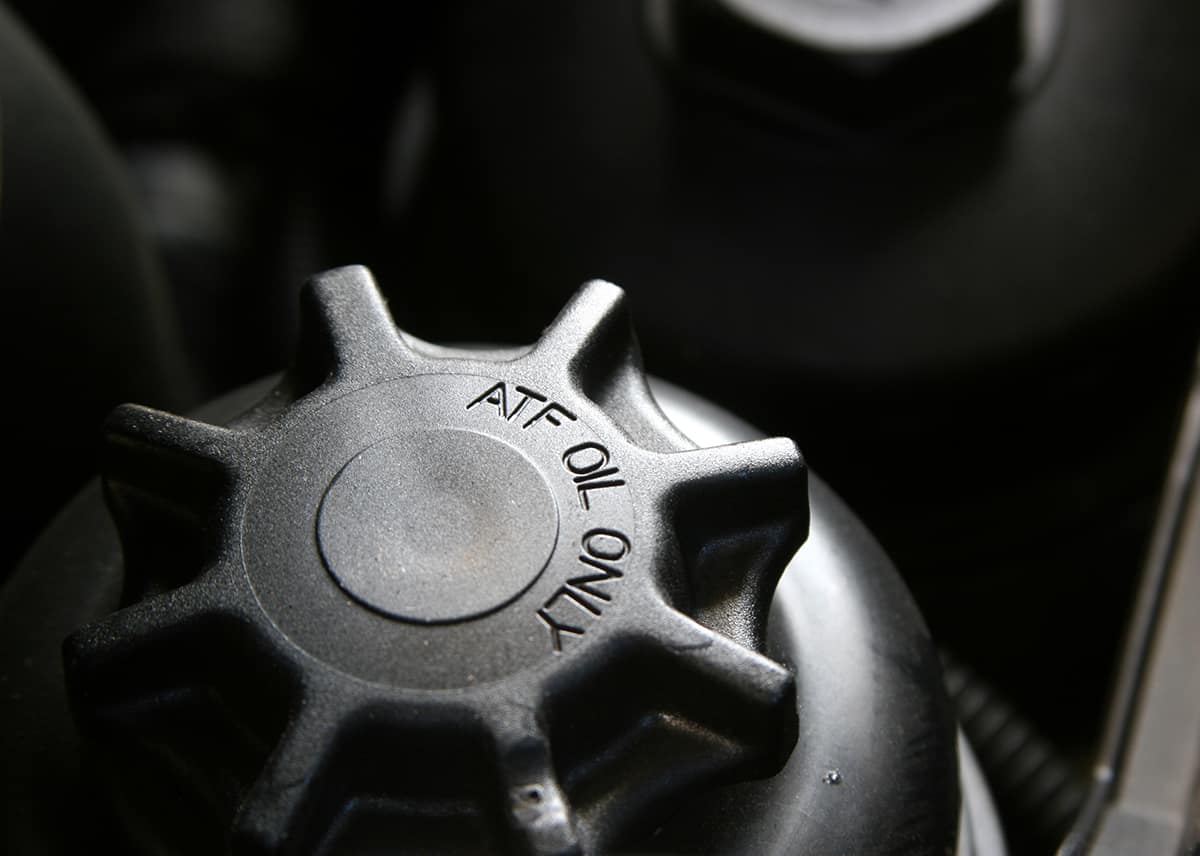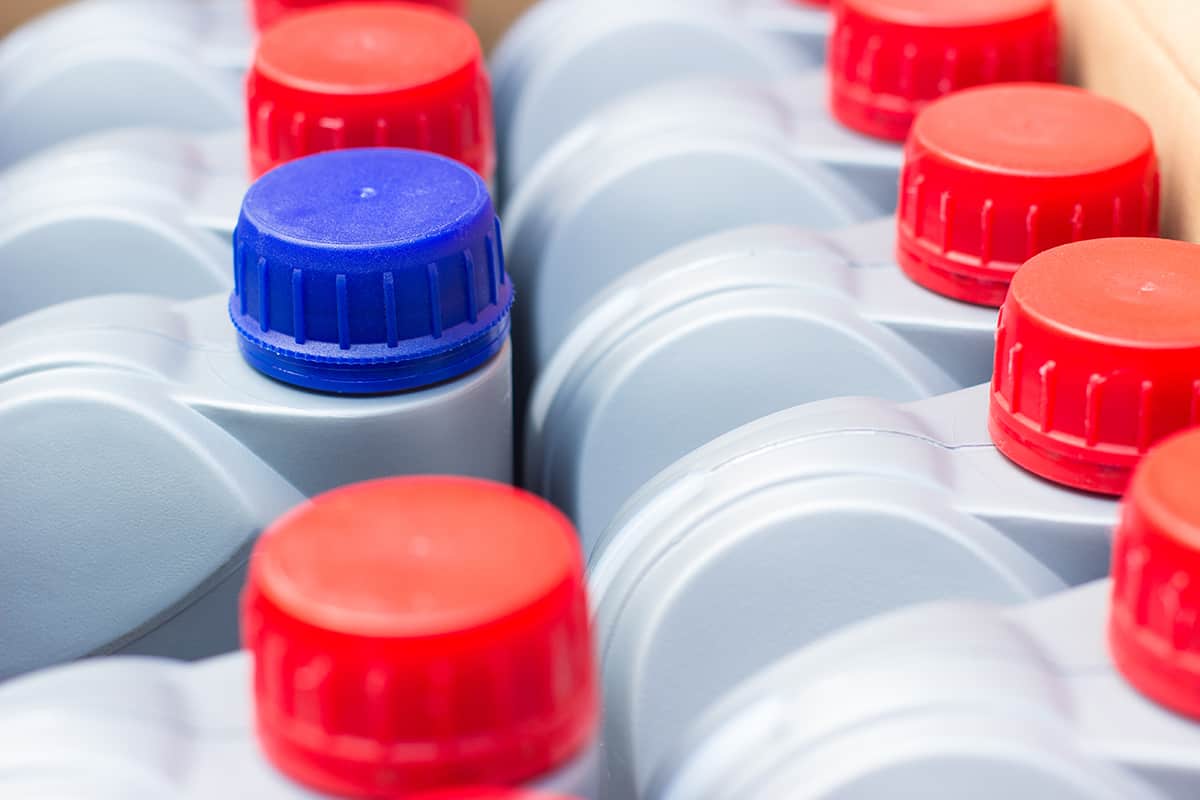Just like our bodies need blood to function, cars need transmission fluid to run smoothly. Transmission fluid is a type of liquid that helps parts in a vehicle’s transmission move effortlessly. It also cools down the transmission and lubricates its parts, preventing them from wearing out quickly.
There are four main types of transmission fluid:
- Automatic Transmission Fluid (ATF)
- Manual Transmission Fluid (MTF)
- Continuously Variable Transmission (CVT) Fluid
- Dual Clutch Transmission (DCT) Fluid
In this guide, we will dive deep into the world of transmission fluids. We’ll learn more about each type, their uses, and how to choose the right one for your vehicle.
Introduction to Transmission Fluid
Imagine if the bones in your body didn’t have any joints; you’d be pretty stiff, right? Just like our joints need a fluid to help them move smoothly, cars need transmission fluid to work properly.
What is transmission fluid?
Transmission fluid is a slick, oily substance that lubricates the parts of your car’s transmission. Think of your car’s transmission as the bridge between the engine and the wheels. The engine produces power, and the transmission takes that power and sends it to the wheels, making your car move.
Now, within the transmission, there are a bunch of gears and moving parts that need to slide around to work properly. Without some form of lubrication, these parts would grind together, heat up, and wear out. That’s where transmission fluid comes in!
Role and importance of transmission fluid
The primary job of transmission fluid is to keep the parts inside your transmission moving smoothly. Here’s a more detailed look at what it does:
- Lubrication: Transmission fluid prevents the metal surfaces of the different parts inside your transmission from grinding together and wearing out.
- Cooling: Transmission fluid helps to absorb the heat produced by the moving parts inside the transmission, keeping it from overheating.
- Cleaning: It contains detergents that help to remove dirt and grime from the internal parts of your transmission.
- Boosting transmission performance: The right transmission fluid can help improve the performance of your car.
Of course, it all boils down to the right type of transmission fluid!
Types of Transmission Fluid
There are different types of transmission fluids for different types of transmissions. Let’s find out more.
1. Automatic Transmission Fluid (ATF)

Automatic Transmission Fluid is primarily used in vehicles with automatic transmissions, as the name suggests. The great thing about ATF is that it serves several purposes: it lubricates, cools, cleans, and helps in the smooth shifting of gears.
There are several types of ATFs:
- Mobil Dexron/Mercon: These are the most common types of ATF and are often used interchangeably. They are suitable for most vehicles with automatic transmissions.
- Mobil Type F: This was originally designed for Ford vehicles from the 1970s. It is less slippery than other ATFs, which results in a different shifting feel in the transmission.
- HFM Fluids: High Friction Modified (HFM) fluids are designed to provide a higher degree of friction than other ATFs. This can help certain transmissions function more efficiently.
- Synthetic ATF: These are man-made fluids designed to perform better than regular ATF, especially in extreme temperatures. They are usually more expensive but can offer superior performance and longer life.
2. Manual Transmission Fluid (MTF)
Manual Transmission Fluid is used in vehicles with manual transmissions. The MTF not only lubricates the gears but also helps to manage the heat that builds up when you’re driving.
- Hypoid Gear Oil: This is used in some older vehicles. It’s very thick and can handle high pressure and high heat.
- Synthetic MTF: Like synthetic ATF, synthetic MTF is designed to perform better than traditional MTF. It offers excellent protection for the transmission, and it works well in a range of temperatures.
3. Continuously Variable Transmission (CVT) Fluid
CVT fluid is used in continuously variable transmissions. These transmissions don’t have traditional gears, so they need a special type of fluid. CVT fluid is designed to keep the belt in a CVT from slipping and to help it transfer power smoothly from the engine to the wheels.
4. Dual Clutch Transmission (DCT) Fluid
Dual Clutch Transmission fluid is used in dual-clutch transmissions, which are like a blend of manual and automatic transmissions. The DCT fluid is designed to lubricate and cool the clutches and gears in a DCT, ensuring they operate efficiently and reliably.
Picking the Right Transmission Fluid for Your Vehicle
How do you know which one is the right one? Here are some things you need to consider:
1. Manufacturer’s Recommendations
The first and most important thing to consider is your vehicle manufacturer’s recommendations. These are usually found in the vehicle’s owner’s manual. The owner’s manual will tell you the type of transmission fluid you need. Following these guidelines is important because using the wrong fluid can cause serious damage to your vehicle’s transmission.
2. Climate Considerations
The climate where you live and drive also plays a role in choosing the right transmission fluid. Different types of transmission fluids perform better in different climates. Some fluids are better for colder temperatures because they remain fluid even when it’s freezing outside, which helps the vehicle start and run smoothly. On the other hand, some fluids can withstand high temperatures without breaking down, making them suitable for hot climates.
3. Age and Condition of the Vehicle
The age and condition of your vehicle can also influence the type of transmission fluid you need. For example, older vehicles may require a different type of fluid compared to newer models.
Older vehicles with high mileage and worn-out transmissions might benefit from high-mileage transmission fluids. These fluids contain conditioners that rejuvenate old seals to prevent leaks, additives to clean dirty parts, and other compounds from extending the life of older transmissions.
On the other hand, new vehicles may benefit from synthetic transmission fluids, which offer superior performance, protection, and longevity. Synthetic fluids resist heat, cold, oxidation, and shearing better than conventional fluids, making them a good choice for prolonging the life of a new transmission.
Misconceptions and Myths about Transmission Fluids
There are many myths and misconceptions about transmission fluids. Believing in these myths can not only cost you money but also potentially harm your vehicle. Let’s uncover the truth behind some of these myths.
Myth #1: Transmission fluid doesn’t need changing

One common myth is that transmission fluid never needs to be changed. Just like you wouldn’t wear the same clothes every day without washing them, you shouldn’t keep the same transmission fluid in your car forever. Over time, the fluid can get dirty and lose its effectiveness, which can lead to poor vehicle performance and even transmission damage.
Most vehicle manufacturers recommend changing the transmission fluid every 30,000 to 60,000 miles. However, this can vary depending on your vehicle and driving conditions, so always check your owner’s manual for guidance.
Myth #2: All transmission fluids are the same
Another common myth is that all transmission fluids are the same. But just as you wouldn’t use cooking oil in place of motor oil, not all transmission fluids can be used in all vehicles. As we learned earlier, there are different types of transmission fluids for different types of transmissions. Using the wrong type can harm your transmission and affect your vehicle’s performance.
Myth #3: If the transmission fluid is dark, it needs to be changed
While it’s true that transmission fluid can darken over time, that doesn’t always mean it needs to be changed. To truly know if your fluid needs to be changed, you should have it inspected by a professional.







